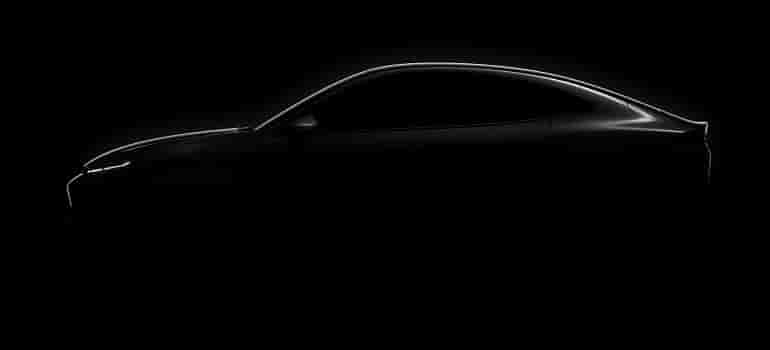
China introduced its new subsidy policy for electric vehicle sales this year. While many in the market were expecting a drop year-on-year of around 40%, the announced scheme is lower than expected, with EV subsidies declining by 50-55% in 2019 on average said CRU in a report.
In this Insight CRU explored the subsidies in detail and look at what has changed since last year. The firm assessed how the subsidies would work in practice and consider how battery metals will be affected.
This year’s Chinese subsidies are more aggressive against low-quality, low-range vehicles which make up the bulk of Chinese EV sales at present. Vehicles will now need to have a range of more than 250km and a minimum energy density of 125Wh/kg to qualify for subsidies, making much of the current market now exempt from subsidies, noted the research firm
CRU calculates that China was responsible for 65.2% of global BEV sales in 2018, meaning that changes to Chinese EV subsidy policy have a marked effect on the BEV market as a whole. Current subsidies continue to favour vehicles with large ranges and high-performance batteries, both of which result in larger batteries and more demand for nickel and cobalt. However, this might be balanced out by a slowdown in Chinese EV sales growth, caused by issues with credit and consumer spending as Chinese economy growth continues to slow down in 2019.
How have these subsidies changed from last year?
CRU in the report further notes that the Chinese EV subsidy policy remains complex in 2019. Similar to recent years it calculates the subsidy per vehicle based on a number of factors including vehicle range, battery energy density, battery size (in kWh) and energy consumption in kWh/100km. For PHEVs, this is further complicated by laws around energy efficiency when the vehicle is operating in fully-discharged hybrid mode.
ALSO READ:India Electric Rickshaw Battery Market to Reach USD 722.3 Million by 2024: P&S Intelligence
Changes to the subsidies from 2018 will vary depending on the specifications of different vehicles – but on average, they have declined by around 50-55%. However, the starkest difference will be felt by purchasers of cheaper, low-end vehicles.
China has raised its minimum energy density requirements from 105Wh/kg in 2018 to 125Wh/kg. This makes vehicles made with lower-quality battery chemistries like LMO and NMC 111 exempt from subsidies.
China has also raised its minimum range requirement from 150km to 250km, which will cut off a substantial portion of the Chinese domestic market from accessing subsidies.

